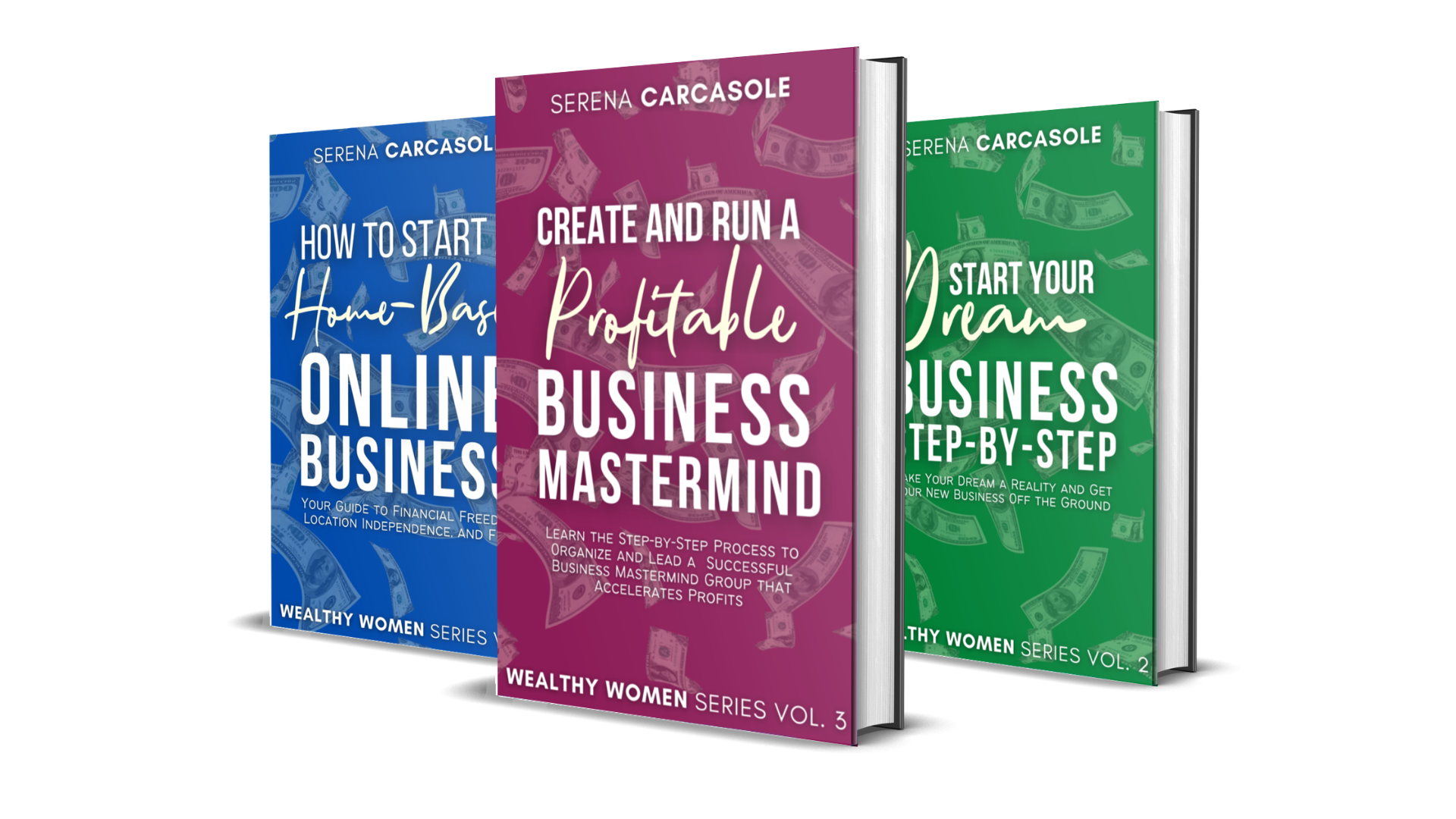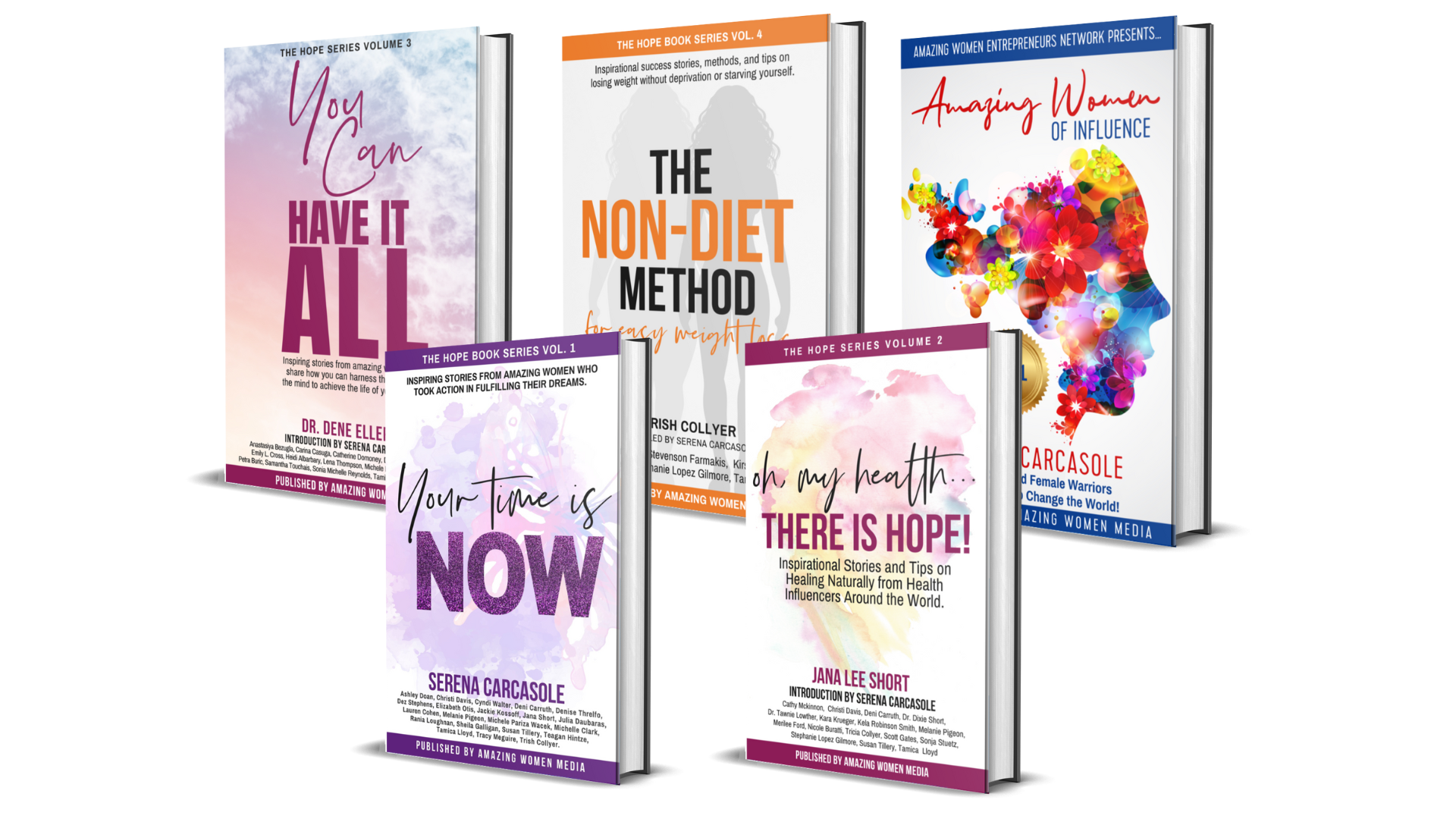When it comes to sales, you probably already know that persuasion is an important skill to master. And, you may know, too, that the more effectively you can access people's emotions, the more effectively you can persuade them to take action.
To put it simply, accessing people's emotions is the Number One Secret to getting them to do what you're asking them to do.
And, think about it this way: you use persuasion in all facets of your life, whether you're persuading a potential buyer to spend their money on what you're selling, or convincing your kids to go to bed. In order for your persuasion to work, you must dial in on emotions.
Which emotions are we talking about? All emotions fall into one of two categories: love-based emotions and fear-based emotions. (I'll bet you knew I was going to say this—because this distinction lays the foundation for the love-based copywriting philosophy).
Let's start with fear-based emotions, which can definitely be persuasive. Your subconscious uses fear to keep you safe (why do you think so many people are afraid of heights?). But in many cases, salespeople use things like worry, anxiety, humiliation, and future-spinning to persuade people to buy. They base their sales stories around the potential for the buyer to be unsafe in some way if they don't take action.
And it works! But you don't have to use it in your business.
Conventional marketing and copywriting sells by defining what keeps their audience members up at night—their fears—and then agitating it. Their goal: to make their audience members so worried or scared of not having their product that they felt compelled to buy.
Although this tactic works, you don't have to use it!
What's the alternative? Love-based marketing and copywriting.
We'll dive into that in a moment, but first, I want to touch on one more thing about fear. Your clients do have worries and problems—these are the worries and problems your product will (hopefully solve).
Don't shy away from mentioning these worries! There's a difference between addressing valid concerns (which won't go away just because you don't mention them) and agitating them, using them to sell. In order for your ideal clients to realize you're addressing them, and, more importantly, that you understand the problems they face, you've GOT to at least mention their fears.
Just make sure you do so respectfully, by acknowledging the worry and the feelings that go along with it, and then moving on, presenting your product or service as a potential solution. Then create the space (in your copy or marketing) to let them make an informed choice about whether they want to pursue the solution you're offering.
The bottom line: the very first step to persuading your potential clients to buy from you is to ensure they feel like you hear and understand them.
HClcik here for an example of how to do this from my “Love-Based Copy School” sales letter.
Sound familiar?
- You feel like you're stuck between a rock and a hard place. You want to leverage your resources and the power of the Internet to market one-to-many, but you hate how “all that marketing stuff” makes you feel (inauthentic, full of hype, and slimy—like you need a shower!).
- You want to grow your business so you can reach more of the people you're meant to help, but you don't want to twist their arms to get them to work with you. What you REALLY want are clients who can't wait to work with you, because they see the value in your offering.
- You understand the basic concepts of direct response copywriting—writing marketing and promotional materials that get your prospect to take action—but you're not getting the results you want with your copy.
- You want every piece of copy you put out there to reflect your personality, your brand, and your vision, and to attract the right clients to you, naturally.
If so, then you've come to the right place, and I'm so glad you're here.
You'll notice that I touched on the concerns and worries of my readers, but I didn't carry on, drawing out every possible worst-case scenario (which is what I would have done if I were using that classical agitation approach). I'd take those concerns and create even deeper stories around them. For example, I might write something like, “You're afraid that if things keep going this way, you'll completely run out of business, ruining your most important dreams.”
Of course, that's a dramatic example, but I'm hoping it illustrates how that particular approach works to try to scare people into taking action.
It's important to strike the balance between acknowledging your potential clients' fears or worries and agitating them—so you can sell with love rather than fear. The good news is that the more you practice, the easier this balance is to strike—and the better you'll get at persuading using love-based emotions.
If you'd like more love-based persuasion tips, check out my “Love-Based Copywriting Method” book.

- Getting People to Take Action: Persuasion Through Love, Rather Than Fear - December 27, 2018
- The 3 Elements on Every High-Converting Opt-in Page—and How to Use Them - November 5, 2018






